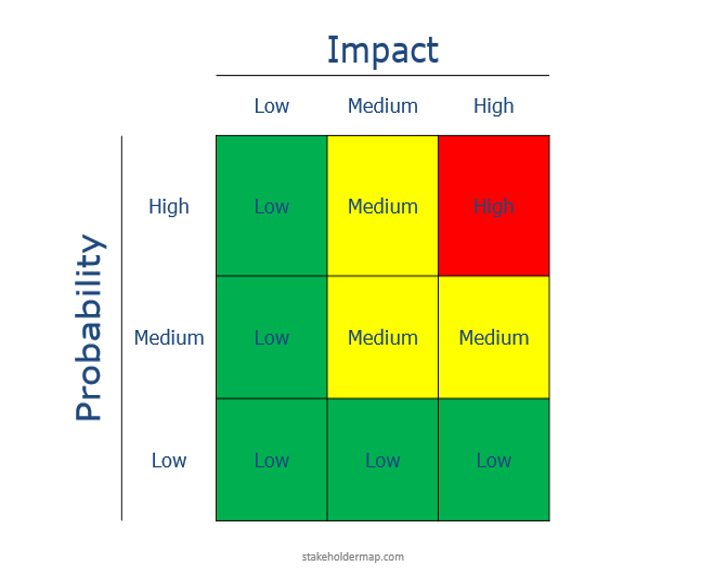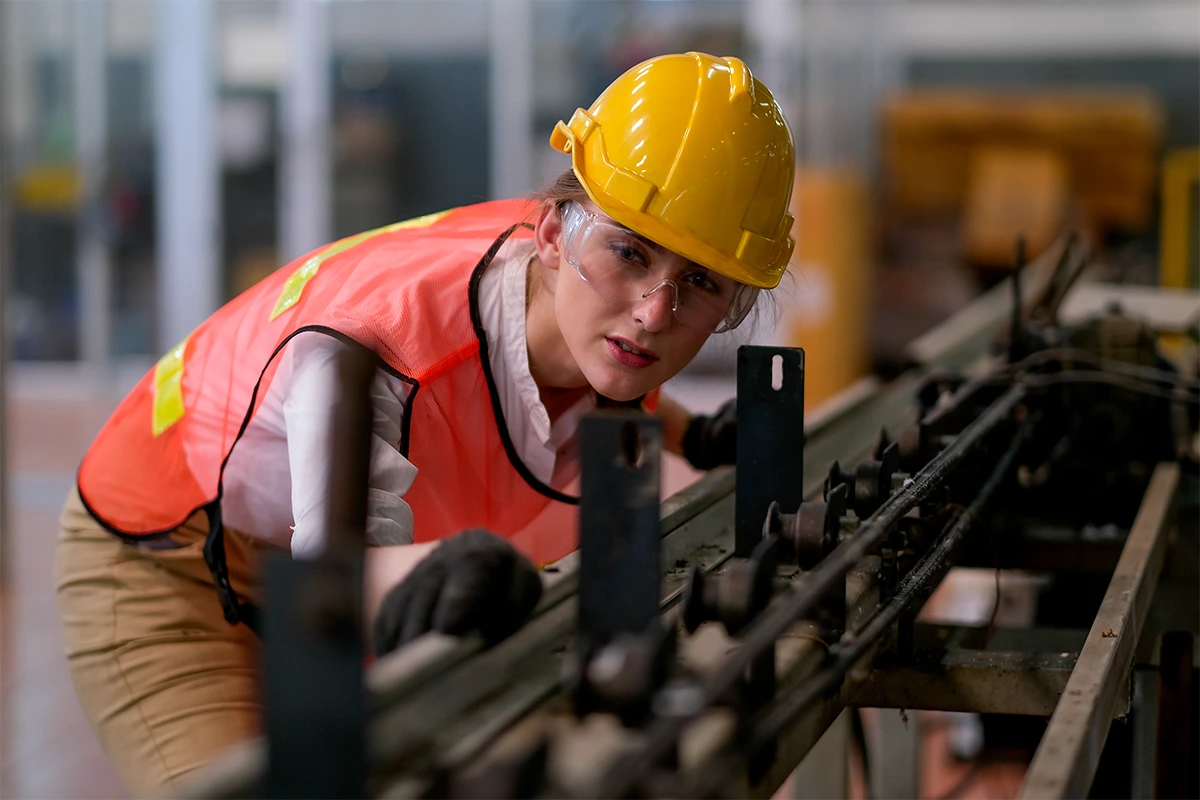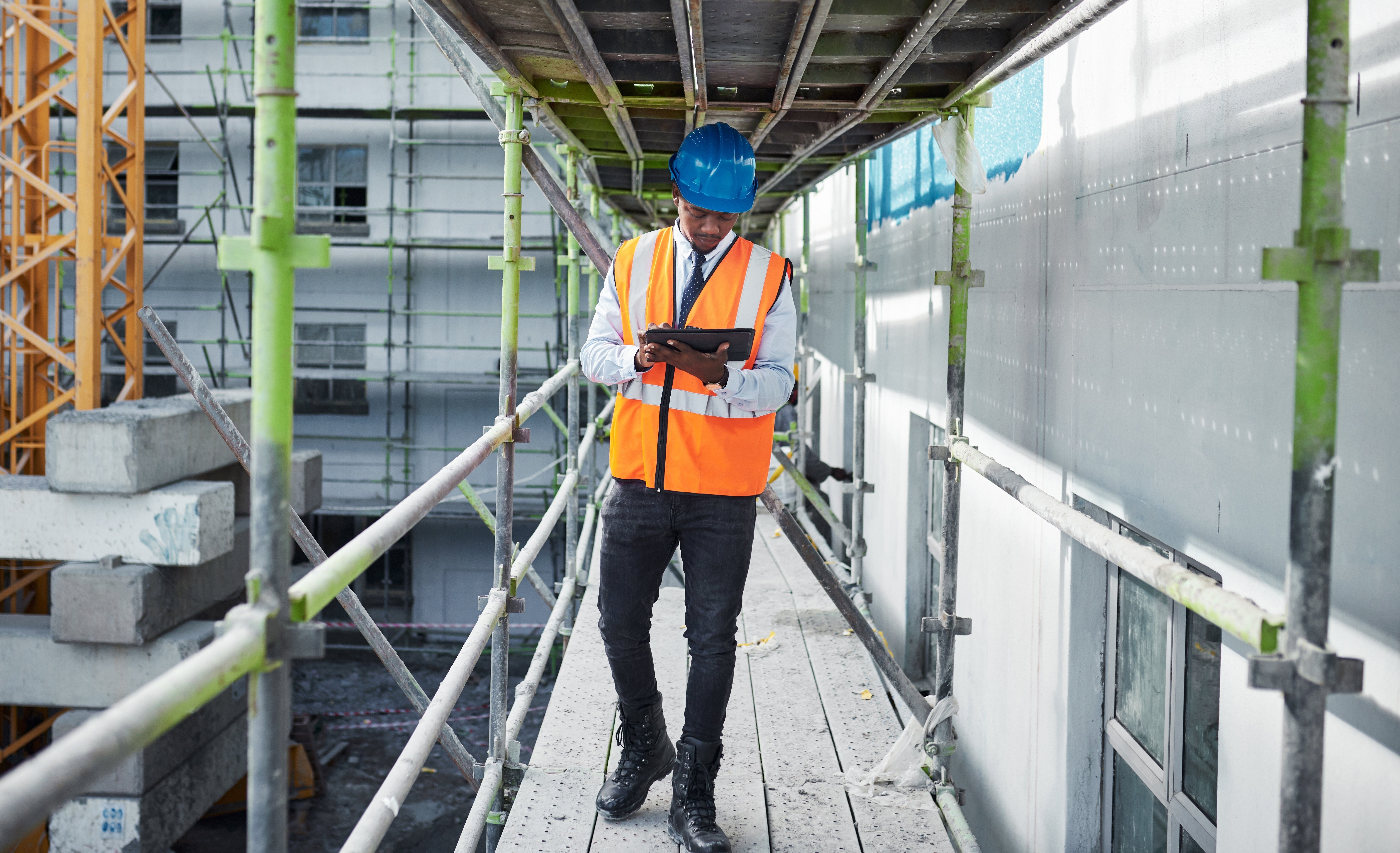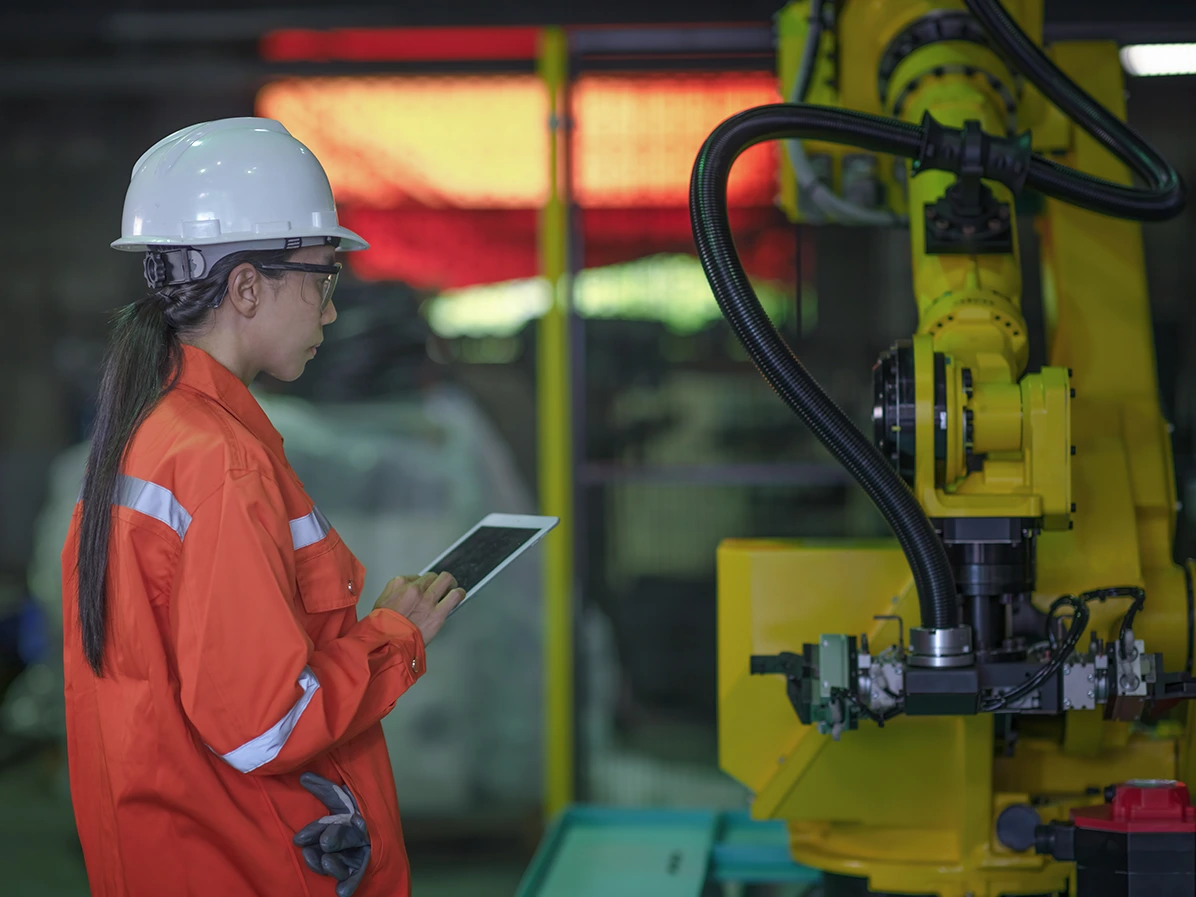Contents
What is a Risk Assessment?
20 October 2022 - Evotix
So first things first, what exactly is a risk assessment?
A risk assessment, which identifies existing and potential hazards in the workplace, is a vital component of the risk management process.
A risk assessment also analyzes and evaluates the risks associated with the hazards and proceeds to produce suitable precautions to eliminate or control such risk.
Every part of the workplace should be assessed for risks. Employers have a legal obligation to protect their employees from harm, so a risk assessment is vital to making sure that everyone gets to go home to their families at the end of the day.
A risk assessment is typically made up of five steps:
-
Identifying hazards
-
Evaluating risks- such as severity and likelihood
-
Establishing precautions and implementing controls
-
Reporting and analyzing findings
-
Reviewing and possibly re-evaluating the assessment
And don’t worry, risks can be reduced- by implementing changes to measures such as operating procedures, equipment controls and worker behavior.
Why are risk assessments important?
You may not really realize it, but risk assessments are vital to the wellbeing of your workplace. All employers are legally required to protect their employees and their workplace from hazards, and risk assessments are the way to do this.
In the US, guidelines laid out by OSHA require businesses to conduct relevant mandatory risk assessments. In the UK, the Health and Safety Executive (HSE) states that businesses have a “legal duty to assess the risk to the health and safety of your employees”.
Not only can conducting a risk assessment potentially save lives, but risk assessments can also save organizations financial strain by avoiding rising insurance premiums, time off work and legal fees. Sounds like a win-win!
If you don’t want to spend thousands on legal fees, improve your risk assessments and show your dedication to safety.
When to conduct a risk assessment?
So when should you conduct a risk assessment? Common situations in which a risk assessment needs to be carried out include:
-
Before a new procedure or job activity is introduced: A risk assessment will identify any potential hazards that may occur as a result of this new task. If the organization experiences high staff turnover, it’s recommended that new staff are monitored to ensure they conduct their work safely – if not, training should be provided.
-
Before changes are made to existing procedures: A risk assessment helps notify the EHS department of any specific changes that need to be implemented moving forward.
-
Before new equipment is brought into the workplace: New equipment may bring new risks into the workplace and previous risk assessments will no longer be sufficient or relevant in this case.
-
When a hazard has been identified: Once a hazard has been identified, a risk assessment should be carried out to analyze the severity of risk associated with the hazard. From there, appropriate measures can be implemented.
Risk assessment steps:
According to UNISON, every company employing over 5 people should record risk details, therefore risk assessments can vary widely across businesses and industries. There are, however, a set of key steps that must be covered across all sectors.
These steps include:
-
Step 1 - Planning: A successful risk assessment relies heavily on extensive planning to ensure that every relevant detail is assessed and compliance to relevant guidelines is achieved. Planning should revolve around trying to answer these key questions:
-
What equipment is required?
-
Who needs to be involved?
-
What exactly needs to be identified?
-
What regulations need to be complied with?
-
-
Step 2 - Identify hazards: Once you have completed the planning stage, hazard identification will be a much clearer process, as you will have a better understanding of which workplace hazards to anticipate. While looking for hazards, however, it’s important to keep an eye out for unique or rare hazards that you may not have been expecting. Hazards will vary depending on the industry. Evotix provides specialized software specific to industries such as transportation and manufacturing that can help your EHS department when it comes to identifying, reporting and controlling risks. When it comes to identifying hazards, the EHS department should:
-
Request feedback from employees
-
Observe workers carrying out tasks
-
Check previous risk assessment records
-
Consult guidelines and available information on the work activity
-
Consider possible scenarios
-
-
Step 3 - Gather findings: Once hazard identification is carried out, the EHS department should gather and organize all the information obtained. This procedure should be carried out to ensure that all areas of the assessment have been covered to gain a comprehensive overview of the data. If this step is conducted correctly, it'll be easier to evaluate and decide which actions would be appropriate to undertake next.
-
Step 4 - Evaluate risk factors: When evaluating risk, certain key factors must be analyzed closely. These include:
-
How workers are exposed to the hazards
-
Where workers are exposed to the hazards
-
To what extent are workers exposed to the hazard
-
What duration of time workers are exposed to the hazard
-
How dangerous the hazard is to workers
-
At this stage, it can be useful to assign a risk rating to each of the potential hazards to gain a better understanding of next steps. These steps could include:
-
Step 5 -Decide actions required to prevent hazards: This step should focus on creating a plan to prevent identified hazards from occurring. This process should be prioritized by the hazards’ perceived risks, in accordance with the risk rating.
-
Step 6 - Document findings and actions taken: Keeping a formal record of the risk assessment findings is vital for the success of your EHS department. Not only does this step ensure total transparency within your organization, but it can also be useful during audits or when demonstrating compliance to legal authorities. Documenting actions can eliminate doubt regarding processes. It can also prove useful to managers when assessing the impact of actions taken. The use of EHS software can help cut down time and streamline this regulatory compliance with easy recordkeeping tools.
-
Step 7 - Review risk assessment: The final step should involve reviewing the entire risk assessment. This step should include following up to ensure that recommended actions have been taken to eliminate hazards. The review should also measure the success of implemented actions and identify whether any actions were unable to be identified throughout this process. Any improvements that could be made to future assessments should also be noted.
This is also an opportunity to assess whether any new working practices, machinery or demands have been implemented that may bring about new hazards.
How to use a risk matrix:

So what is a risk matrix? A risk matrix is a tool that helps organizations visualize and understand potential risks. Analyzing and staying on top of possible risks improves the chances of safely completing your project- with all toes and fingers intact.
A risk assessment matrix (like the one shown above) is typically used in the project planning stage of a project. The visual representation helps categorize the level of risk by the level of interruption or damage that it would bring on to the project.
The two key elements of a risk matrix are the likeliness of a hazard occurring and the severity or impact of the hazard if it occurs. These categories range from “low”, “medium” or “high”. Risk matrix formats may differ and your EHS department should decide on a risk matrix format that works best for your specific organization. A risk matrix is commonly presented in either a 3x3, 4x4 or 5x5 format.
Risk assessment examples:
Now that you know what a risk assessment is, you might be wondering, what exactly should my organization be doing? Here is a list of risk assessment examples (these may not all apply to your specific industry or organization):
-
Health and safety risk assessment: This is a general risk assessment, which carefully examines and identifies potential hazards and risks existing in your organization that could potentially harm your organization, employees and members of the public.
-
Warehouse risk assessment: This assessment identifies hazards and risks specific to a warehouse setting. Typical warehouse risk assessments will look at height risks, slips, trips and falls, heavy machinery, traffic movements, hazardous substances and more. The individual in charge of the risk assessment will speak to supervisors and reflect on previous accidents and past problems. Warehousing operations often have strict safety protocols and the potential for accidents is relatively high.
-
Food preparation and service assessment: This risk assessment applies to all kitchens serving the public, such as restaurants, cafes, bars, pubs and takeaways. To identify potential hazards and risks, the individual in charge of the risk assessment will examine the kitchen, stockroom and eating areas, speak to staff and look at accident records. All current health and safety measures will be measured and records of further action needed will be noted. A risk assessment should be carried out whenever new staff, equipment or protocols are introduced.
-
Fall risk assessment: This risk assessment identifies and reviews the severity of hazards and risks in a working environment that could lead to falls. Falls, according to the UK’s Health and Safety Executive (HSE) are the most commonly reported incidents. Outline actions are then put in place to ensure prevention. Evotix’s risk assessment and management software can be an excellent, easy-to-use tool to help organizations’ stay on top of assessments, reviews and communication when it comes to risk management.
-
Construction risk assessment: This risk assessment focuses on identifying hazards and risks that could occur in construction projects – most of which are usually confined to the site on which a project occurs. A construction risk assessment should include an onsite inspection to identify any hazards or risks, with an implementation of controls following where possible. They should be carried out during the planning phase, when new processes or equipment are introduced and after a risk, incident or hazard is identified.
Risk assessment training:
Don’t forget that staff too can help keep hazards and risks under control. Specific skills, training and access to resources are invaluable to ensuring that employees perform their duties correctly and safely, in line with regulatory compliance.
If you are serious about making sure everyone gets home in one piece- a strong safety culture and high employee engagement can help get you there. Employers should be prepared to provide extensive risk assessment training, including education on hazard identification and general safety measures.
How can Evotix help?
Truth be told, risk assessments can be a lengthy process that require rigorous control to be implemented successfully. They must be carried out at the right time as well as accurately and carefully. Poorly carried out risk assessments only cause further issues in terms of productivity, employee well-being and compliance.
Using risk assessment software can massively help streamline this process and allow your organization to confidently manage risks. Evotix’s Assure can help empower your employees, identify, assess and control risks and track completion. Our software minimizes the need for lengthy physical forms, and instead offers you an accessible and easy-to-use digital alternative.
If you are looking for a more human approach to risk assessments, reach out to Evotix today.
Risk assessments are a major component of health and safety at your organization. Preventing and reducing risk at your place of work systematically is legally obligatory.
That’s why it’s no surprise that most proactive companies have adopted software to improve the way they conduct assessments.
RELATED BLOGS

10 Reasons Why Risk Management Is Essential
3 October 2024 - Evotix
Risks are a daily occurrence in most businesses, so a system must be put in place to effectively control them. Risks inherently turn into incidents if not dealt with properly – not only harming..

7 Benefits of Conducting a Risk Assessment
1 November 2024 - Evotix
Risk assessments aren’t just about clipboards and checking boxes; they bring real, irreplaceable value to the workplace by helping identify current and potential hazards and risks in the workplace..

What is Risk Management Software?
1 November 2022 - Evotix
‘Risk management’ sounds deceptively simple—identify what can go wrong, figure out how to ensure it doesn’t, supress the risk. In reality, there are many types of risk that can affect an organization..